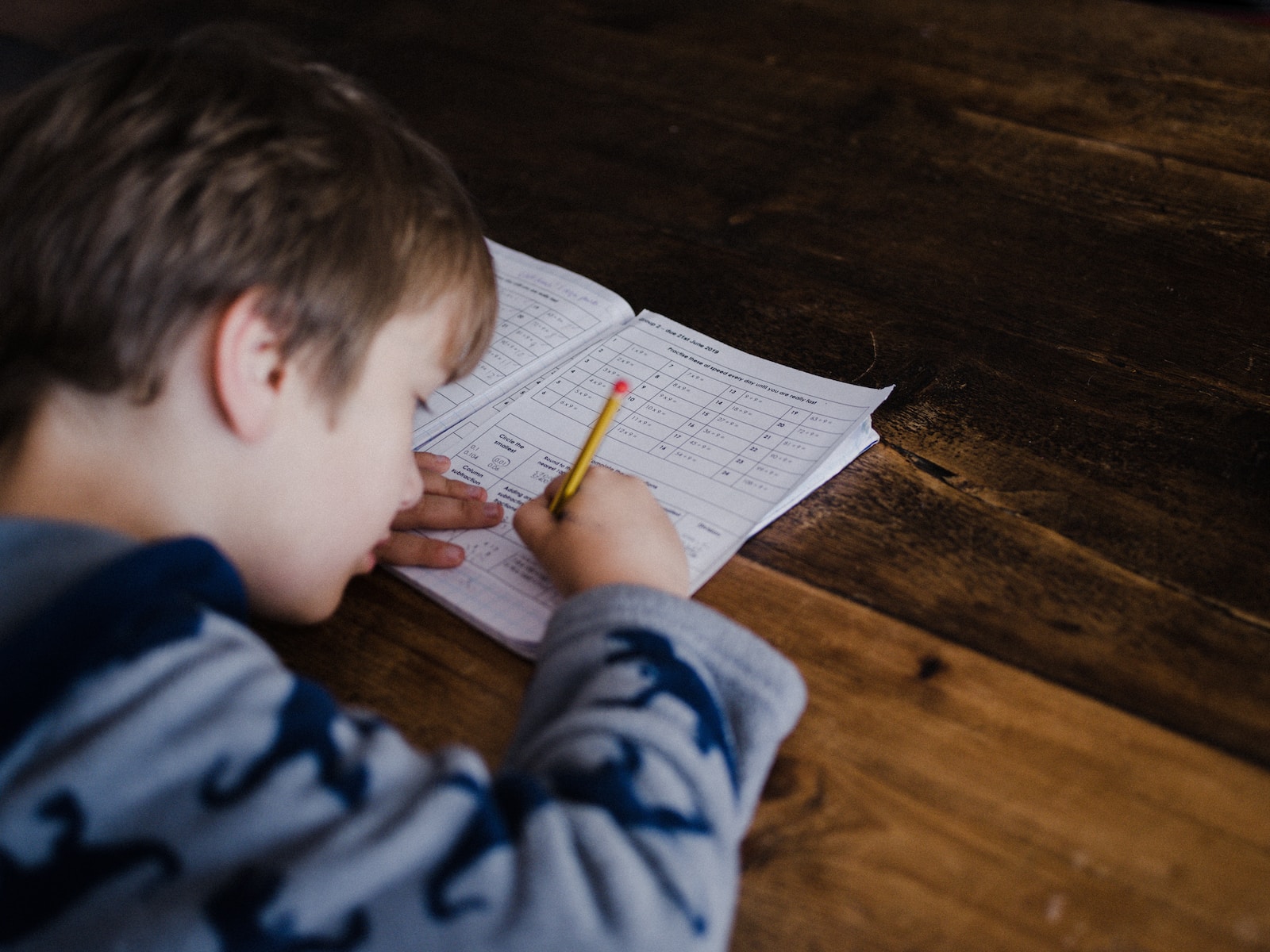Distance learning has proven to be a tough adjustment for many students, teachers, and parents. After weeks of being online, everyone involved in remote and online education realized the challenge of keeping students engaged. So, how do you keep your students progressing while learning online? Here are five ways to promote active learning from home.

Teach Kids How to Conduct Research
With many teachers juggling a hybrid teaching schedule, time for in-person instruction is reduced. But just because direct teaching is steadily becoming more difficult, it doesn’t mean students can’t actively learn. Teachers and parents can utilize precious class time by allowing students to research a variety of topics. Using Google Slides is an ideal platform for helping kids organize their findings and tap into their creativity. Additionally, students can easily present their projects online for teachers and classmates to see.
Utilize Google Maps
Most kids learn best when they can stimulate both learning sides of the brain. According to Understanding, the visual cortex of the brain is stimulated through viewing and creating visual arts. Yet, if kids are glued to monotonous content online, they’re whole brain learning may decrease. Using Google Maps to create excitement around learning is a great way to keep your child engaged online. For example, kids could chart the path of a story on a map and locate geographical information associated with history using maps.
Encourage Kids to Use i-Ready
Many online platforms aid in home education, and encouraging your child to use i-Ready is one way you can help them actively participate in distance learning. The design of this program helps children engage with reading and math. If students have unique needs, parents and teachers can personalize learning and gain i-Ready answers that identify how to promote your child’s progress. To begin their individualized learning, students take an i-Ready test that pinpoints strengths and areas for growth. With the results, parents and teachers can customize and differentiate instruction to what suits students best.
Incorporate Music Playlists
Some kids enjoy the distraction of background noise. In fact, in a study reported by Brainscape, low chatter, or noise while studying may increase your brain’s capacity to filter through material and essential information more effectively. This is why encouraging your child or student to incorporate music into their studies can be helpful. Listening to a Spotify playlist while studying may also work to their advantage and help them excel from home.
Have Online Discussions
Engaging students in online discussions can help lessen the void many feel due to being distanced from friends and peers. When parents and teachers allow children to connect online and explore issues and topics together, they can create more meaningful collaboration. Debating or discussing various matters can also help students occupy a higher order of thinking.
Establish Time to Move
If students are online most of the day due to distance learning or personal entertainment, sometimes moving and exercising can take a back seat and suffer in the process. However, children who take consistent and periodic breaks throughout the day to actively move their bodies are more likely to stay engaged in online learning. Teachers can even incorporate educational activities in their lesson plan that accentuate physical activity. Dr. Catlin Tucker suggests using offline scavenger hunts to help students enjoy learning and keep their bodies moving.
While distance learning can be challenging, your child or student can still excel and actively participate in their education. When teachers, parents and students think outside of the box and incorporate different ways of progressing in an online environment, they will likely be more successful.


